Principle of Lithium Battery and Battery Cell
With the continuous development of science and technology, lithium battery as an important energy storage device, it is widely used in electric vehicles, unmanned aerial vehicles, mobile devices and other fields. While battery cell is the core component of lithium battery, its design and principle directly affect the performance and life of lithium battery. This article will introduce the basic principles of lithium battery and battery cell to help readers better understand this technology.
I. Principle of lithium battery:
-
lithium ion transmission: lithium battery realizes energy storage and release through the transmission of lithium ion between positive and negative electrodes. During the charging process, lithium ions are transmitted from the positive electrode (lithium cobalt oxide, lithium nickel oxide, etc. are usually used as the positive electrode material) to the negative electrode through electrolyte (graphite is usually used as the negative electrode material) to store energy; during the discharge process, lithium ions are transmitted from the negative electrode to the positive electrode through electrolyte again to release energy.
-
Electrolyte: electrolyte is a substance that plays a key role in ion transmission in lithium batteries. Organic solution or polymer gel is generally used as electrolyte to ensure the fluidity and stability of lithium ions. The choice of electrolyte has an important influence on the performance and safety of lithium batteries.
-
Battery shell and diaphragm: lithium battery usually consists of positive electrode, negative electrode, electrolyte and diaphragm, in which the battery shell plays a role in protecting the internal structure of the battery and preventing electrolyte leakage. The diaphragm is used to isolate the positive and negative poles to prevent short circuit.
II. Principle of battery cell:
-
structure: battery cell is the core component of lithium battery, which is usually composed of multiple battery cells. Each cell consists of a positive electrode, a negative electrode, an electrolyte, and a separator, and is assembled together by stacking or winding, forming a structure of cell.
-
Battery unit: the battery unit is the basic unit of the battery cell, which includes a positive electrode, a negative electrode and a separator, filled with electrolyte in the middle. The positive and negative electrodes are respectively connected to the positive and negative terminals of the battery to form a current flow path.
-
Battery capacity and voltage: battery capacity refers to the amount of charge that the battery can store, usually in hours (Ah). Voltage is the potential difference between the positive and negative electrodes of the battery, usually in volt (V). The product of battery capacity and voltage is the energy storage capacity of the battery.
-
Charging and discharging process: during the charging process, the positive electrode material releases lithium ions, the negative electrode material receives lithium ions, and the battery capacity increases. During the discharge process, the positive electrode material absorbs lithium ions again, the negative electrode material releases lithium ions, and the battery capacity decreases.
The principle of lithium battery and battery cell is the key to realize energy storage and release. Understanding the principle of lithium battery and battery cell will help us better understand its working principle and performance characteristics, thus promoting the development and application of battery technology.
 Dongguan Juneng New Energy Technology Co., Ltd.
Dongguan Juneng New Energy Technology Co., Ltd.
 137 5142 6524(Miss Gao)
137 5142 6524(Miss Gao)
 susiegao@power-ing.com
susiegao@power-ing.com
 Xinghuiyuan High tech Industrial Park, Dalang Town, Dongguan City, Guangdong Province
Xinghuiyuan High tech Industrial Park, Dalang Town, Dongguan City, Guangdong Province


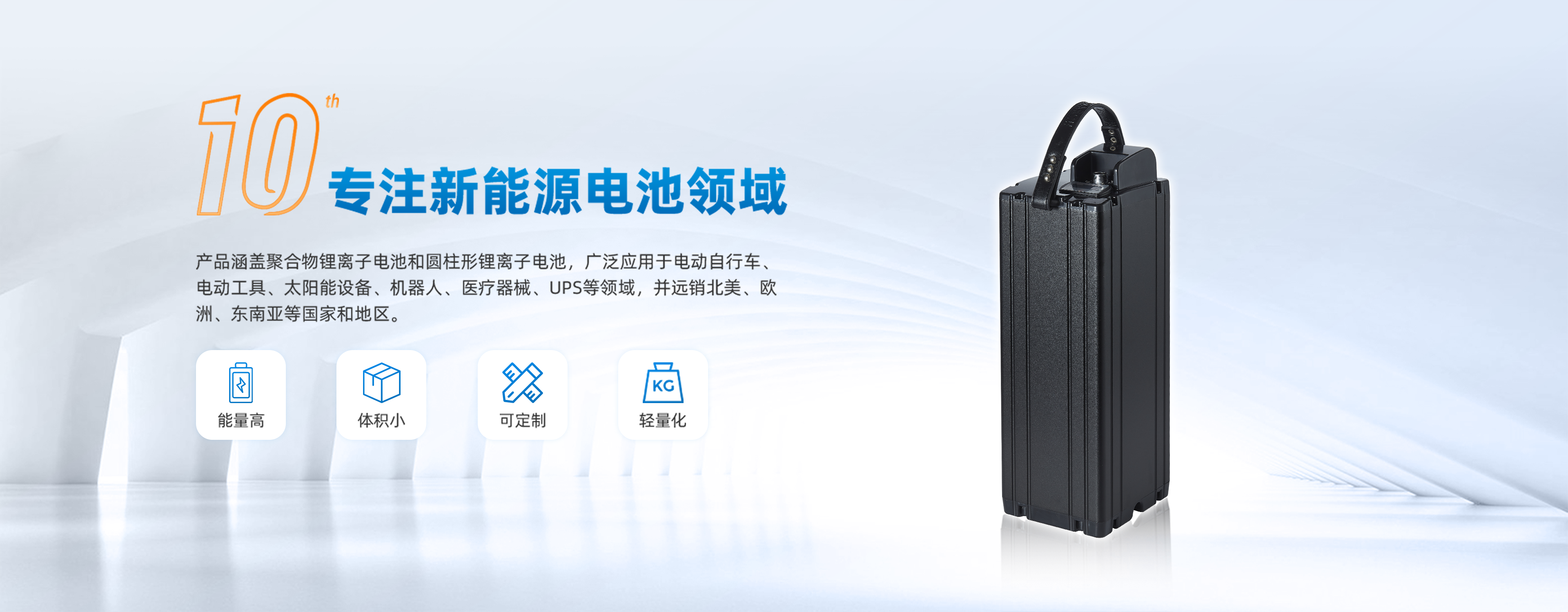
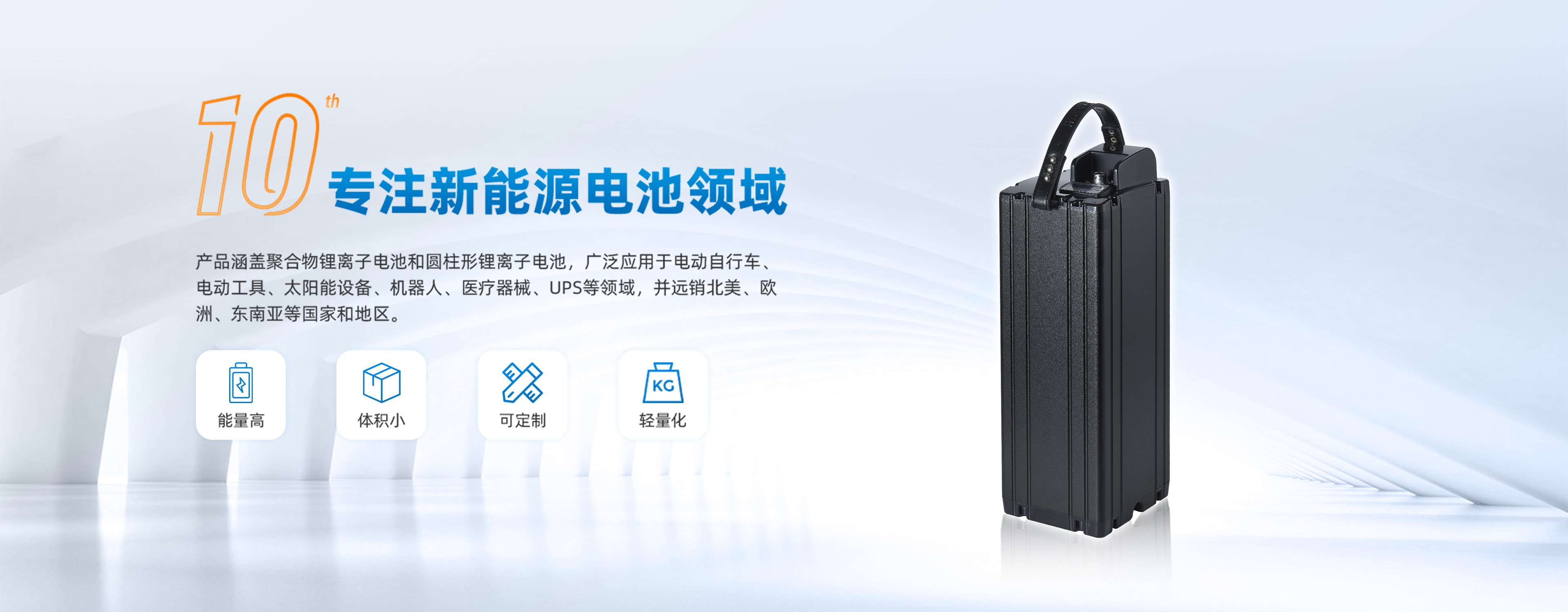
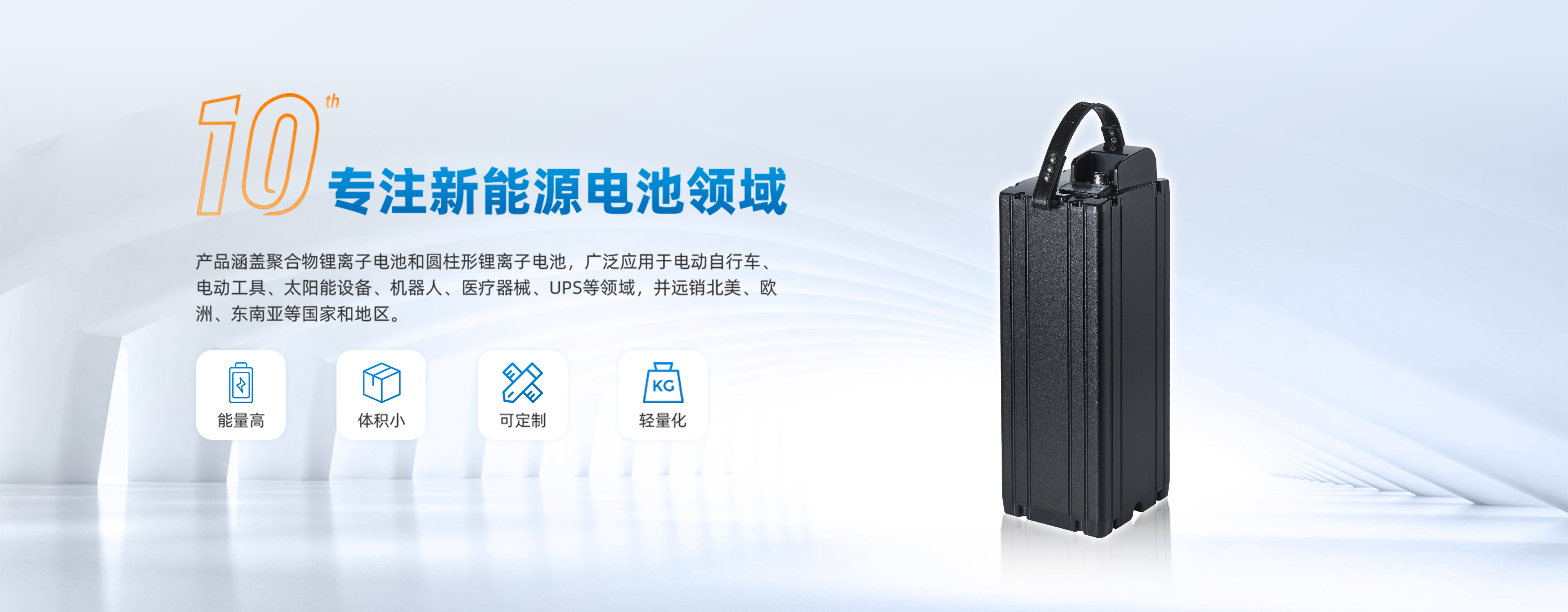



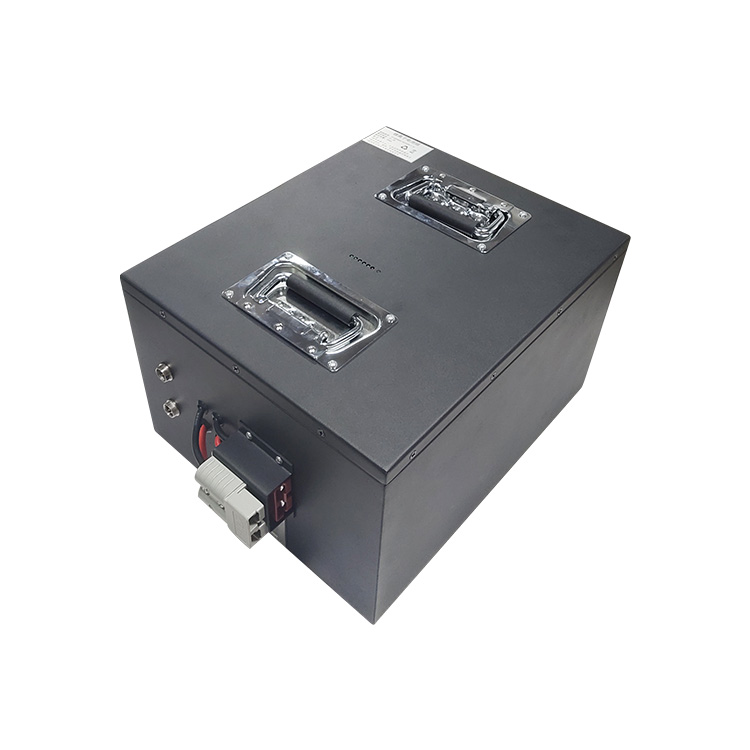


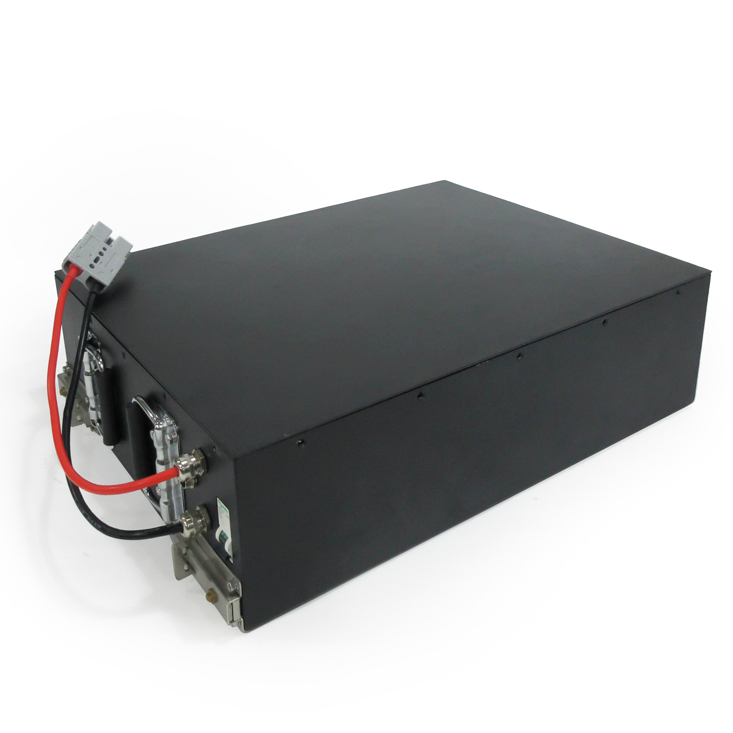

 Yue Gong Wang An Bei No. 4419002007491
Yue Gong Wang An Bei No. 4419002007491